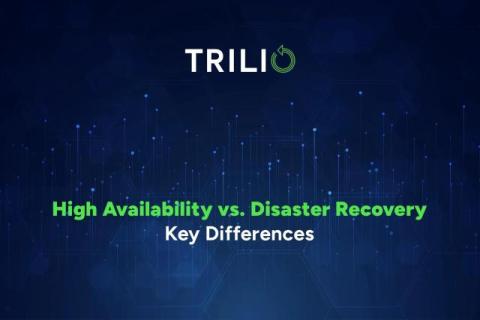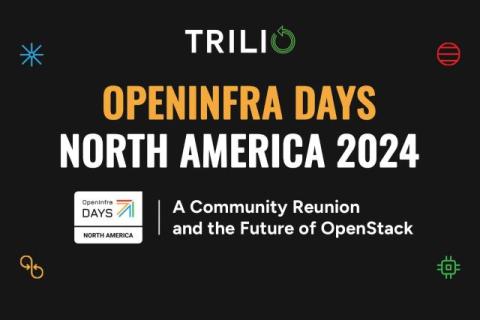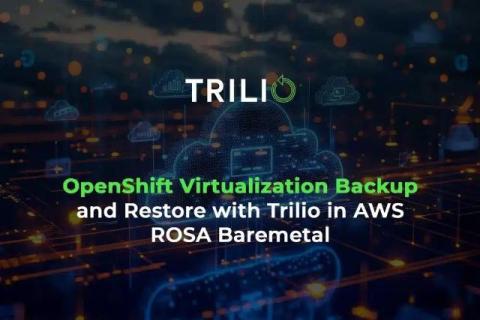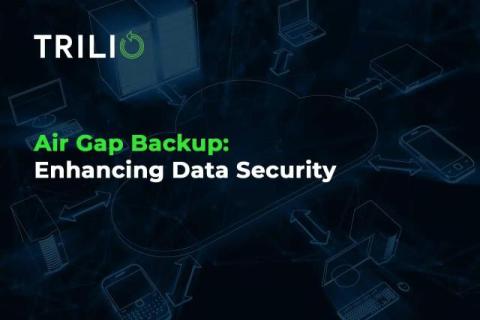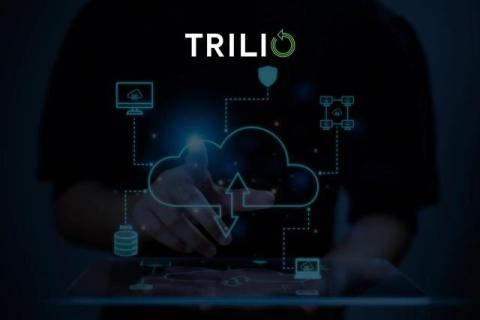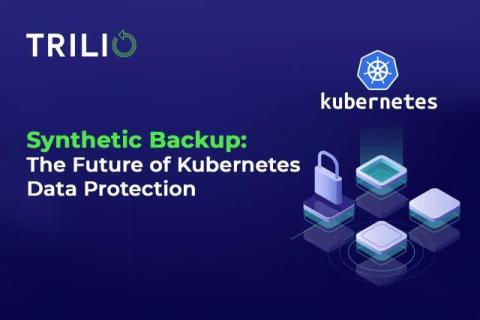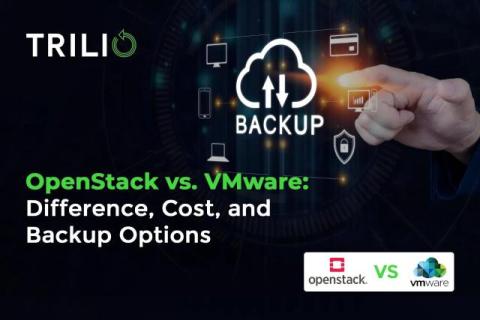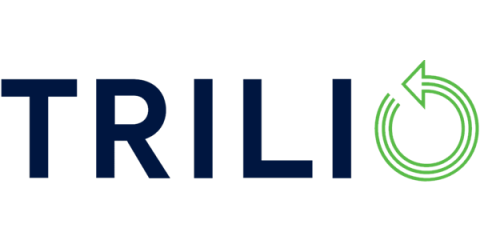High Availability vs. Disaster Recovery: Key Differences
Protecting your business-critical data and applications requires understanding two essential strategies: high availability and disaster recovery. While both aim to keep systems operational, they serve distinct purposes and operate on different timelines. This article explains these key differences, provides implementation best practices, and showcases advanced solutions that combine these crucial strategies.


